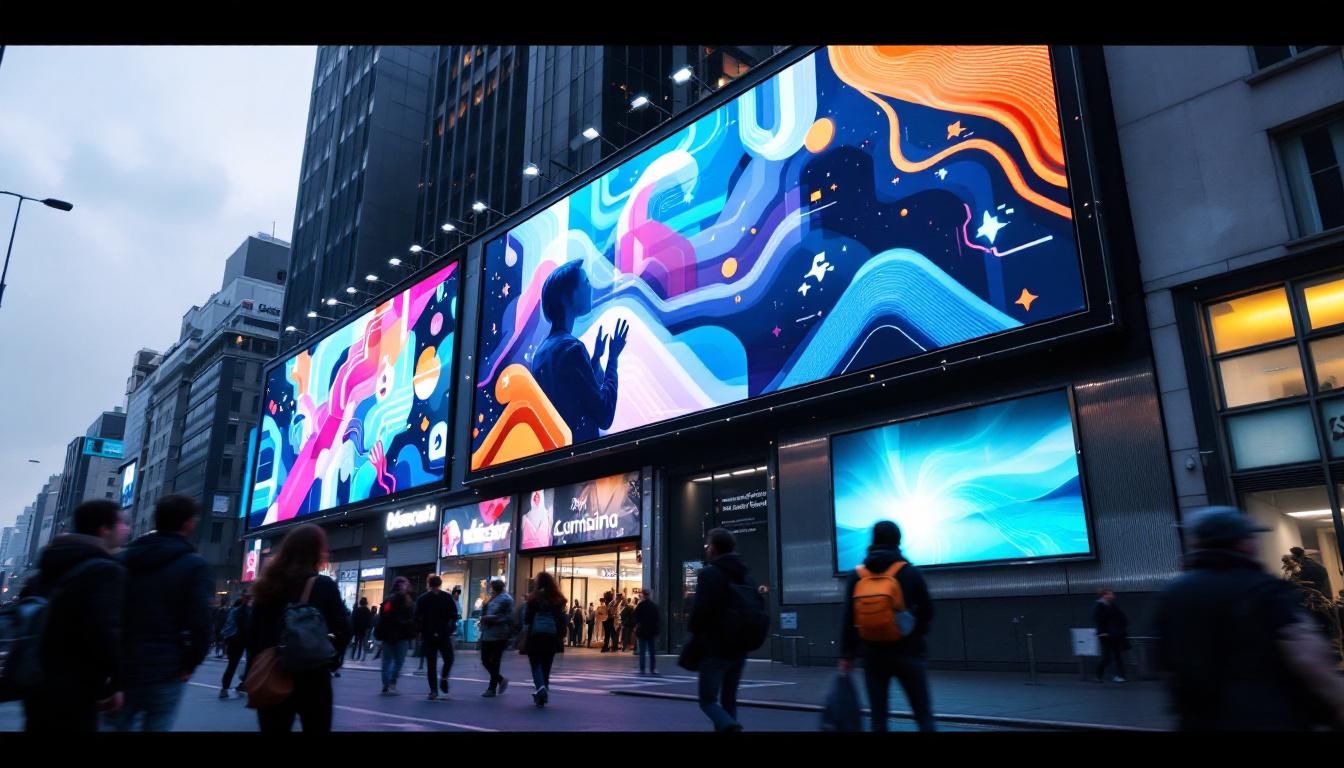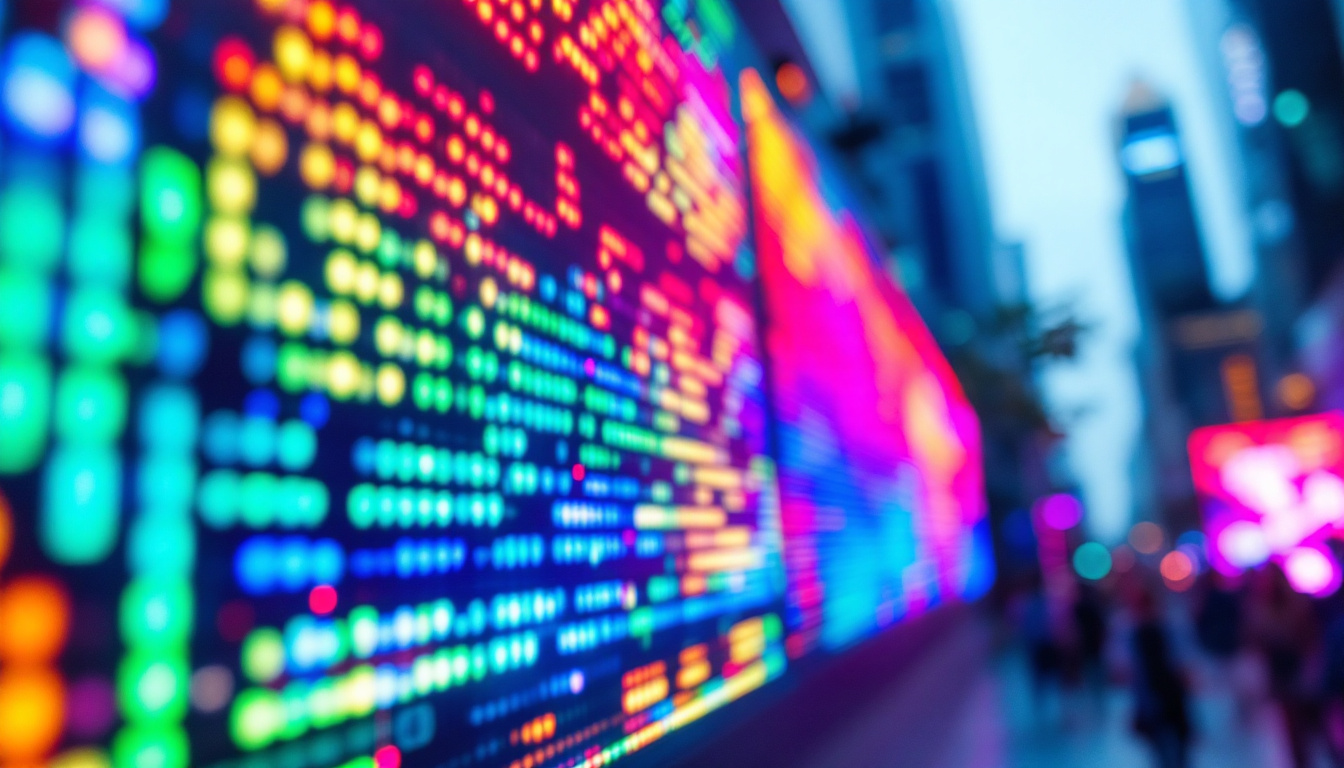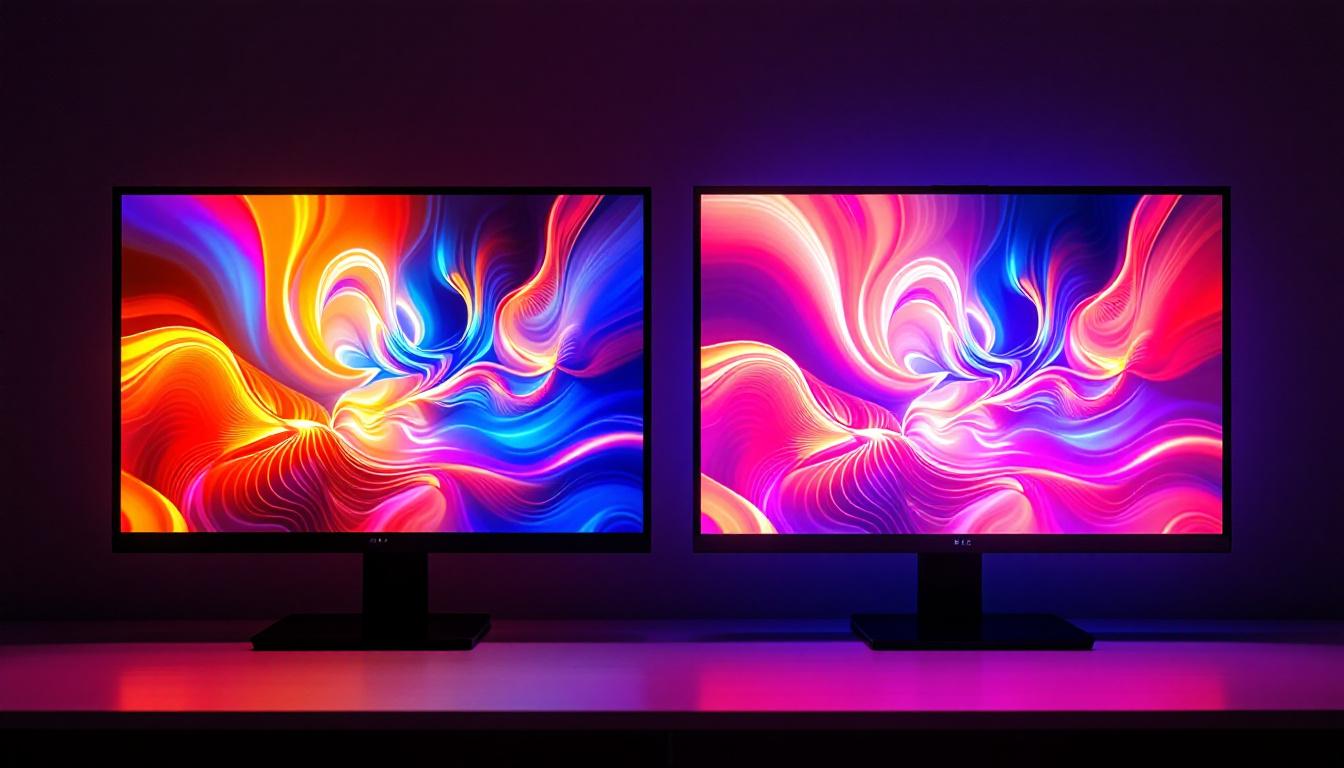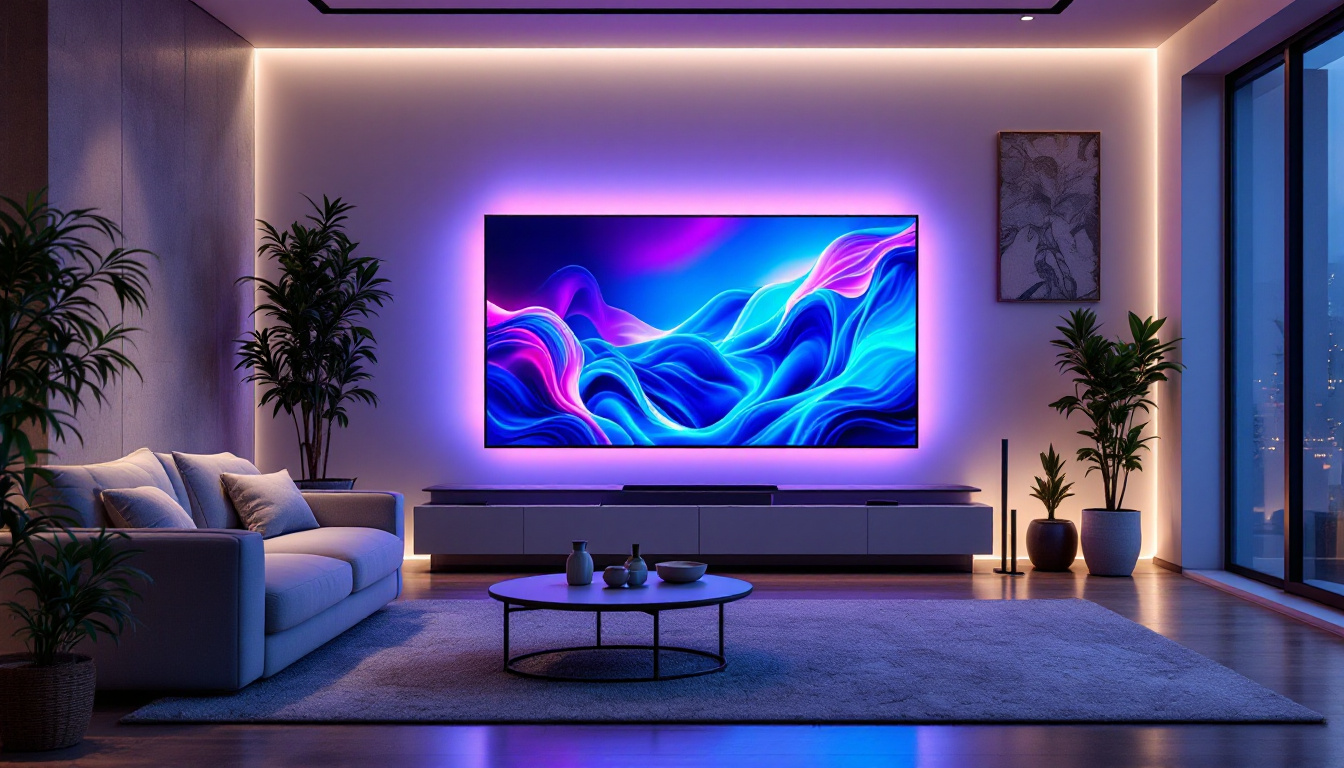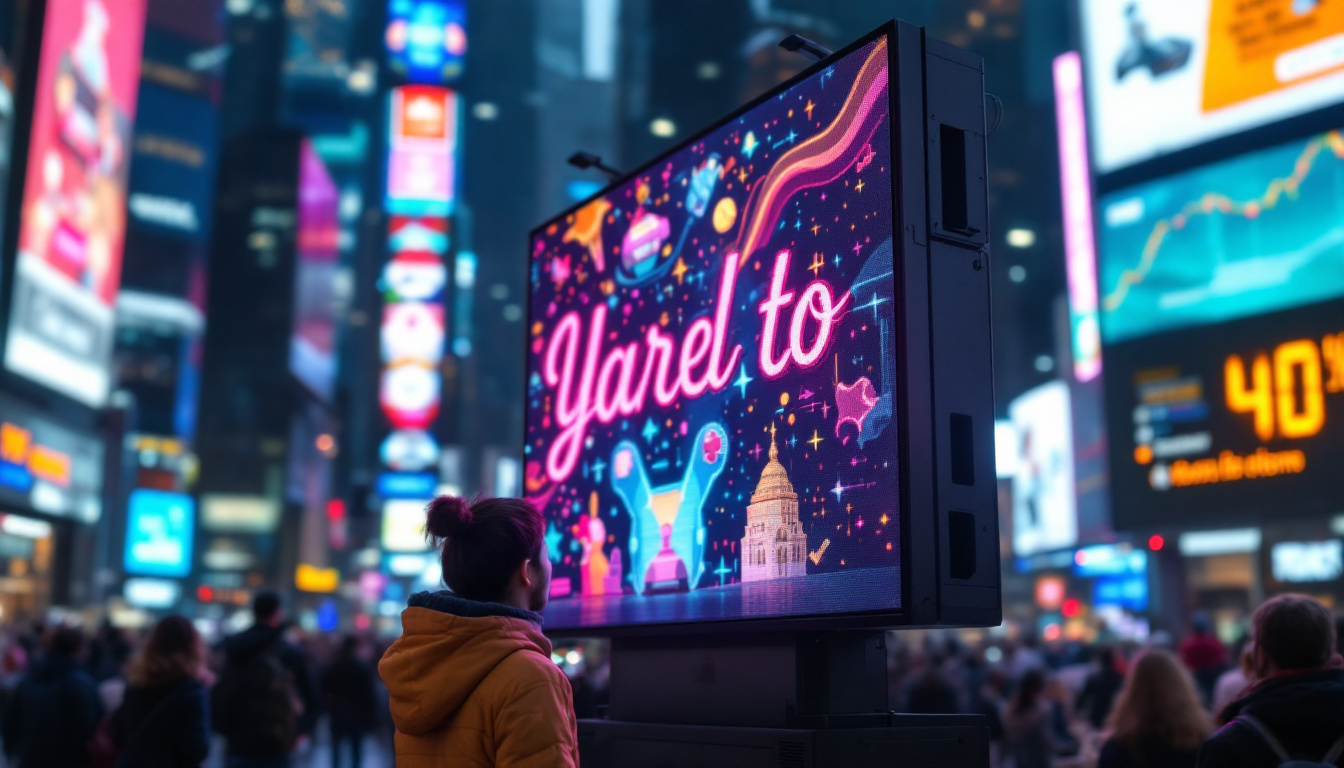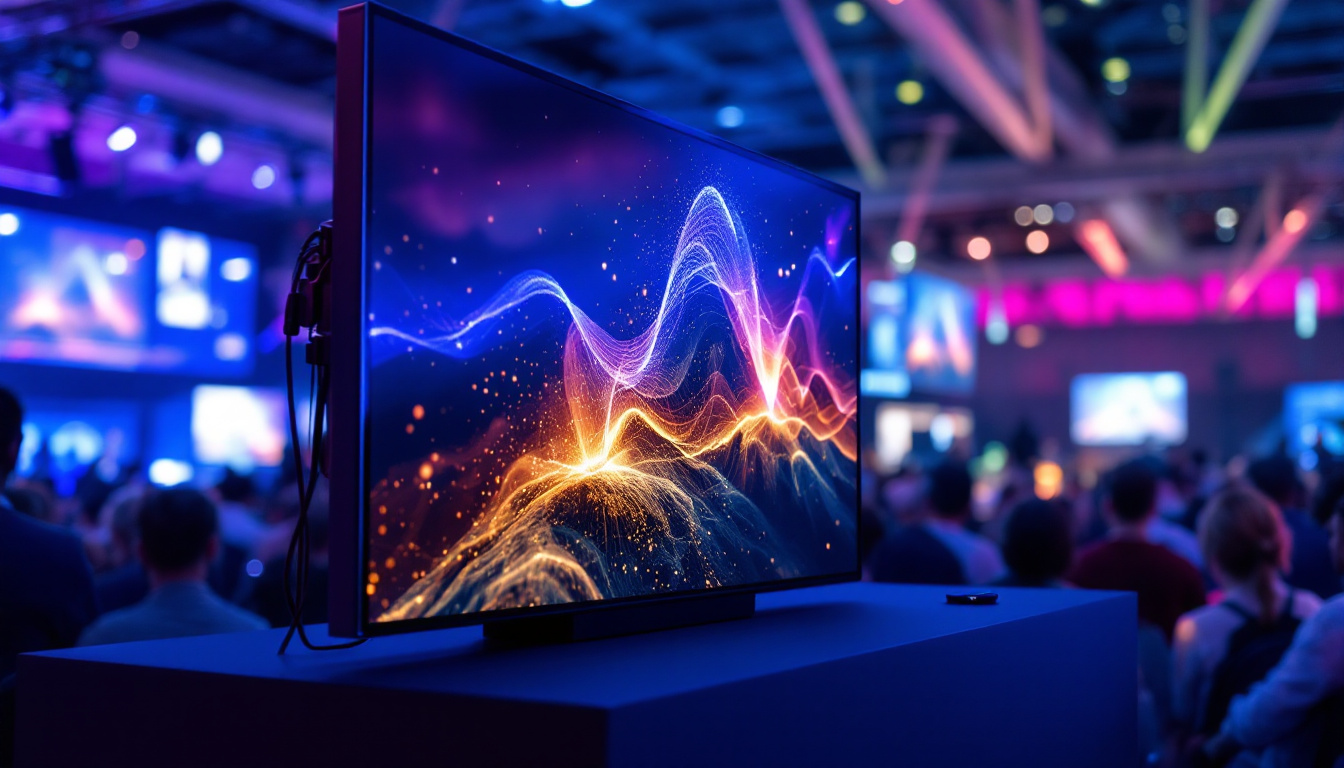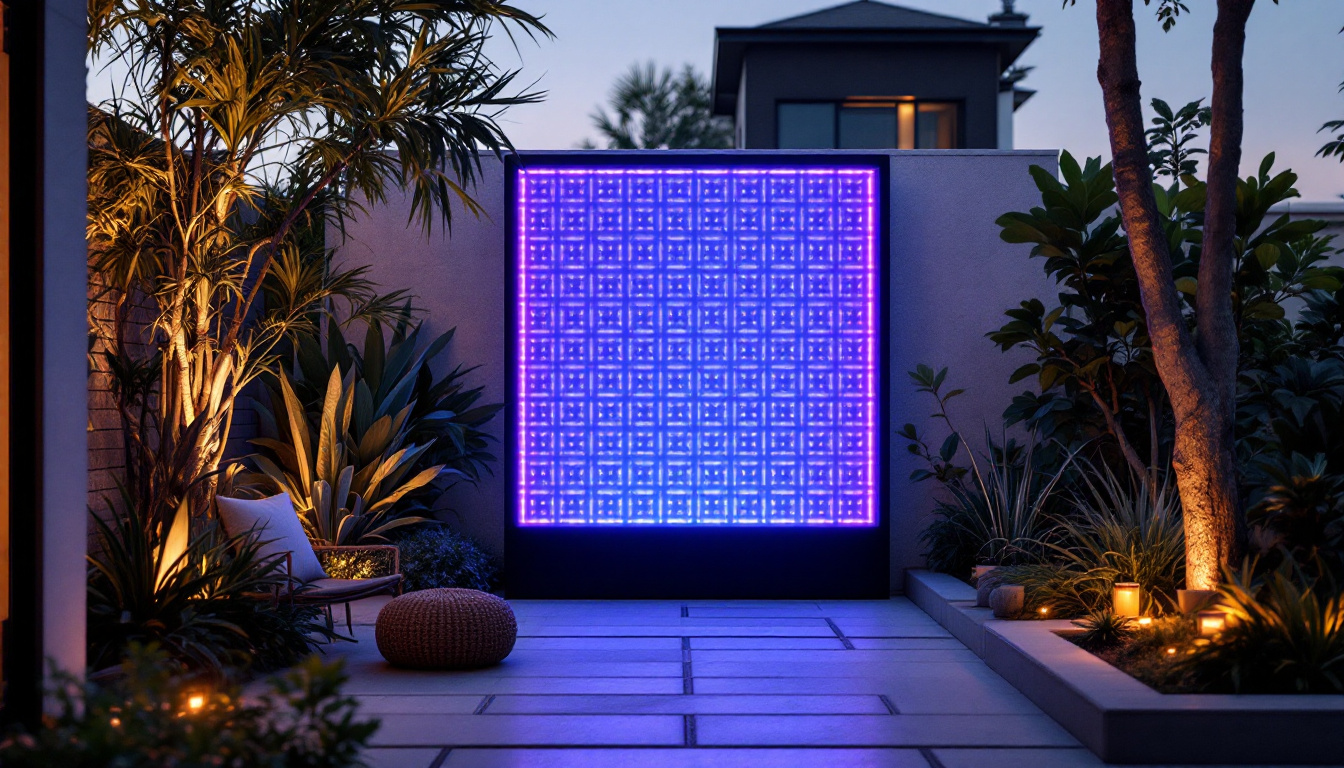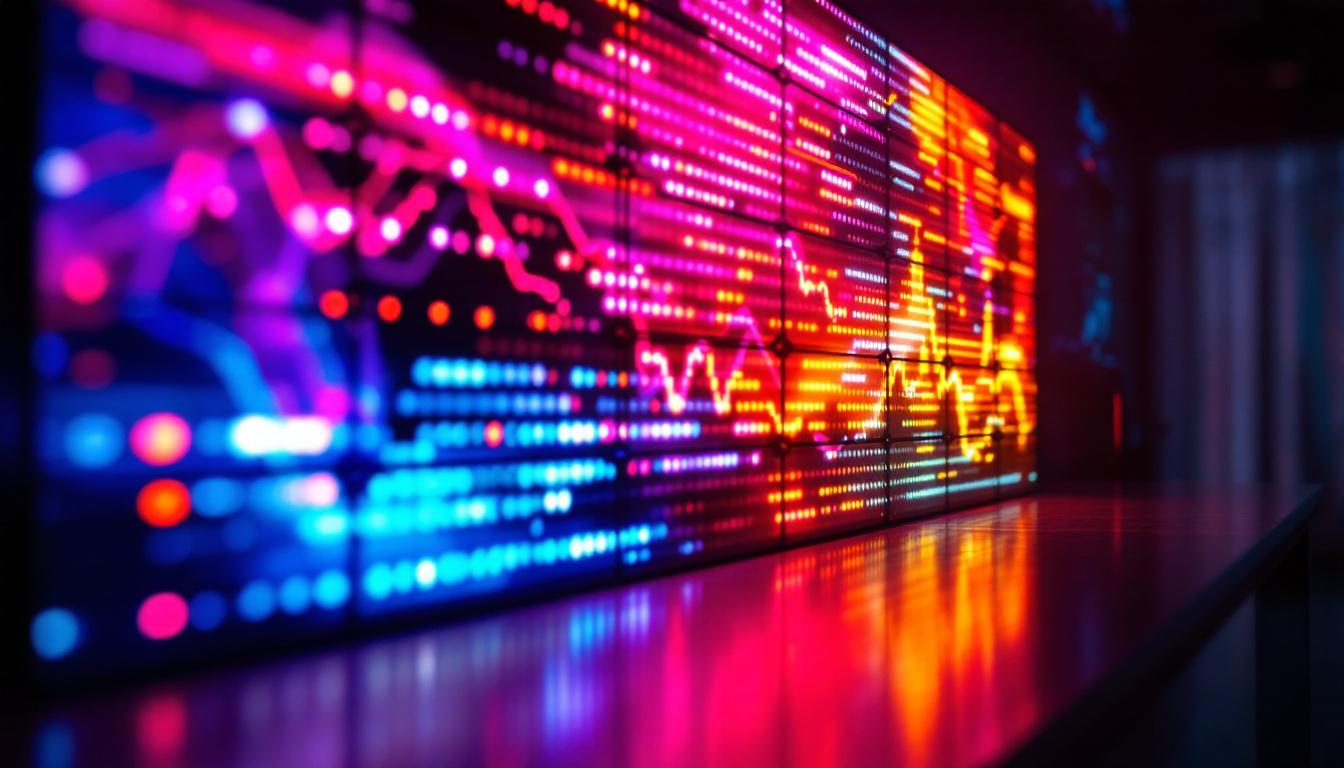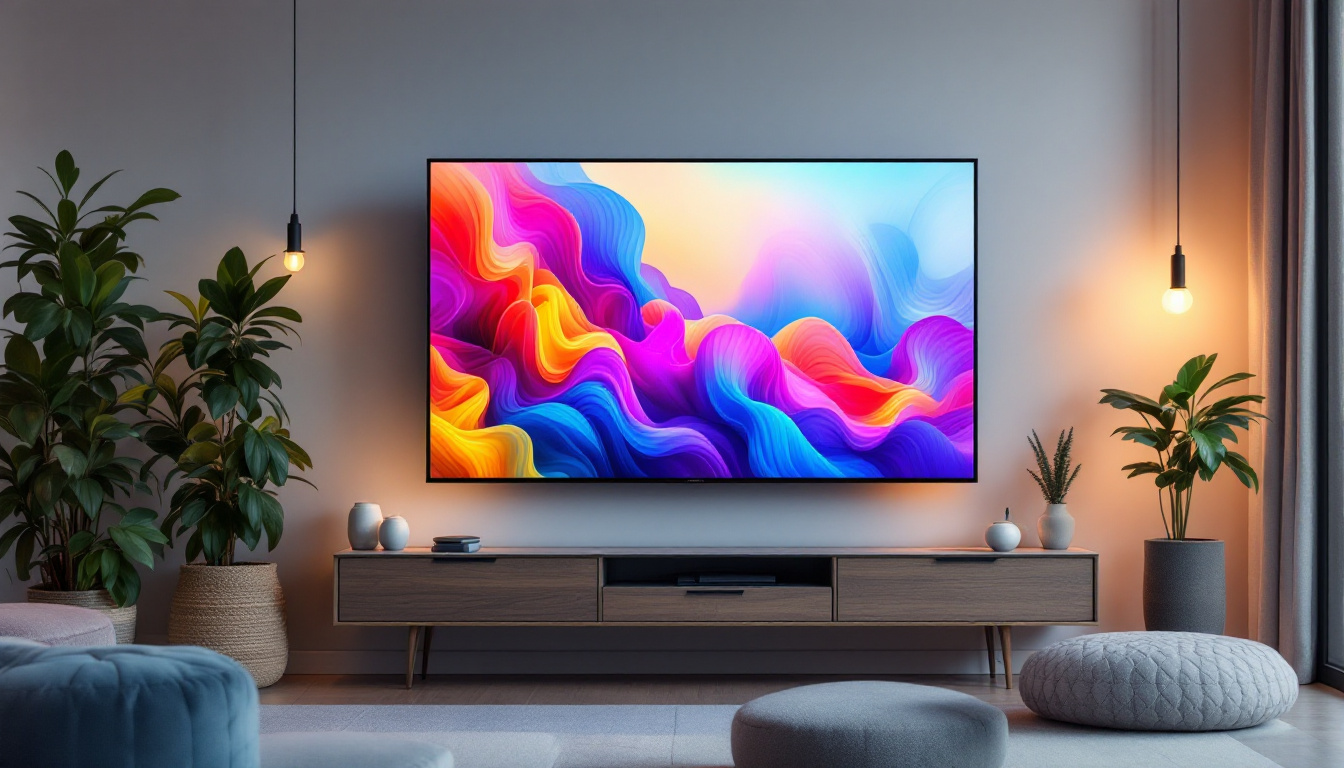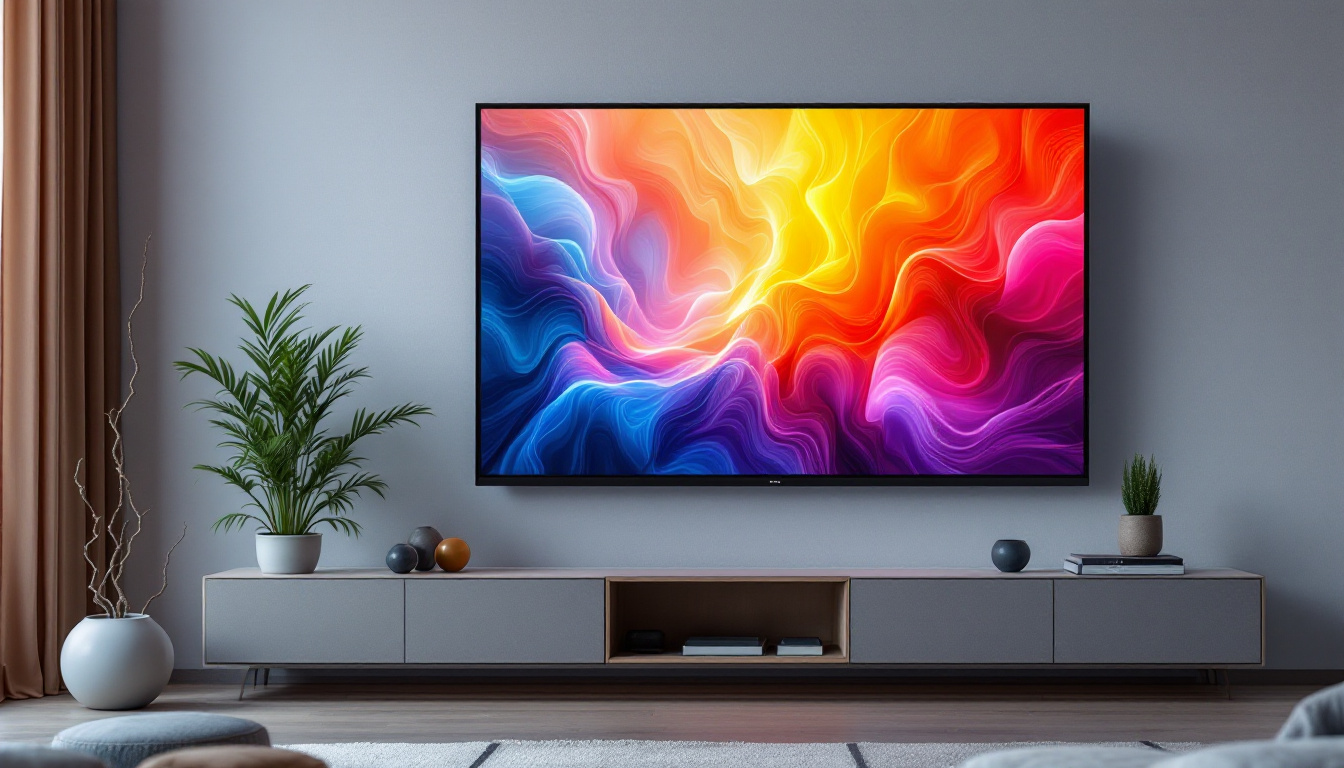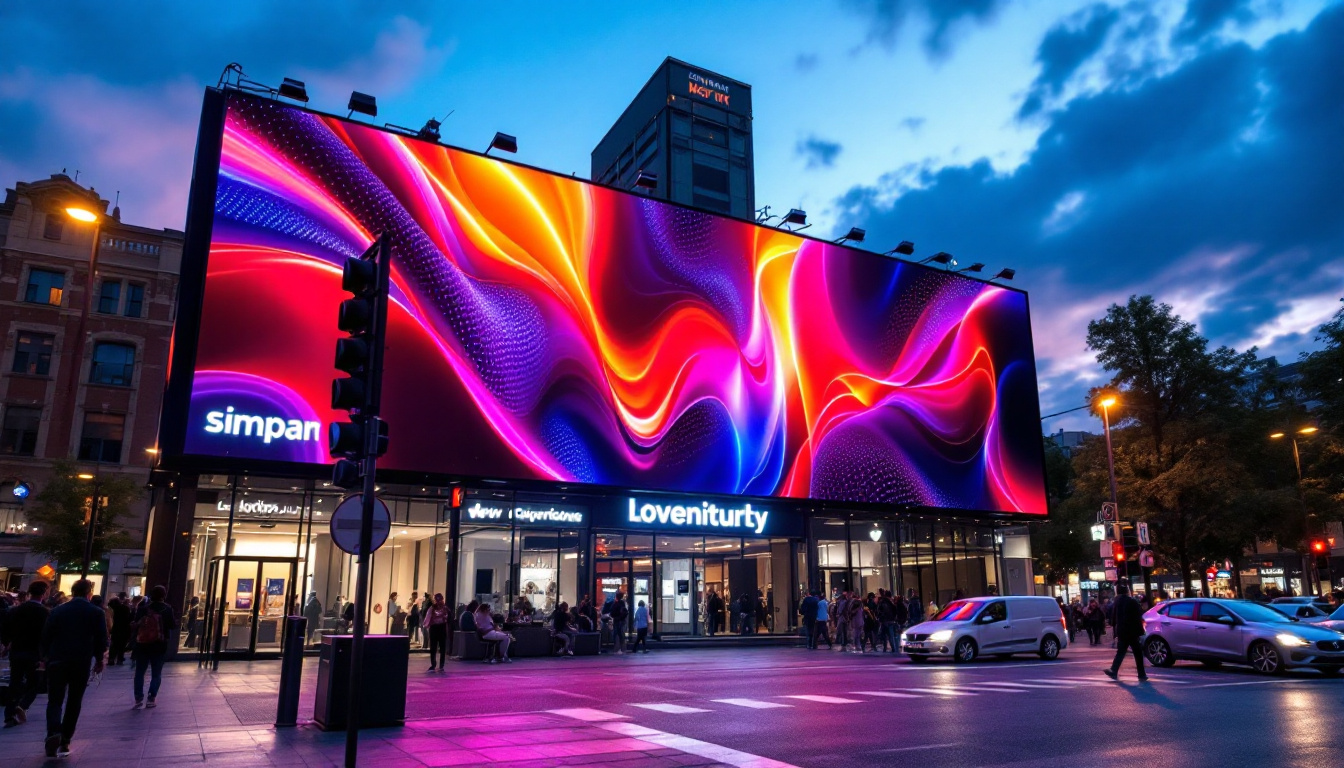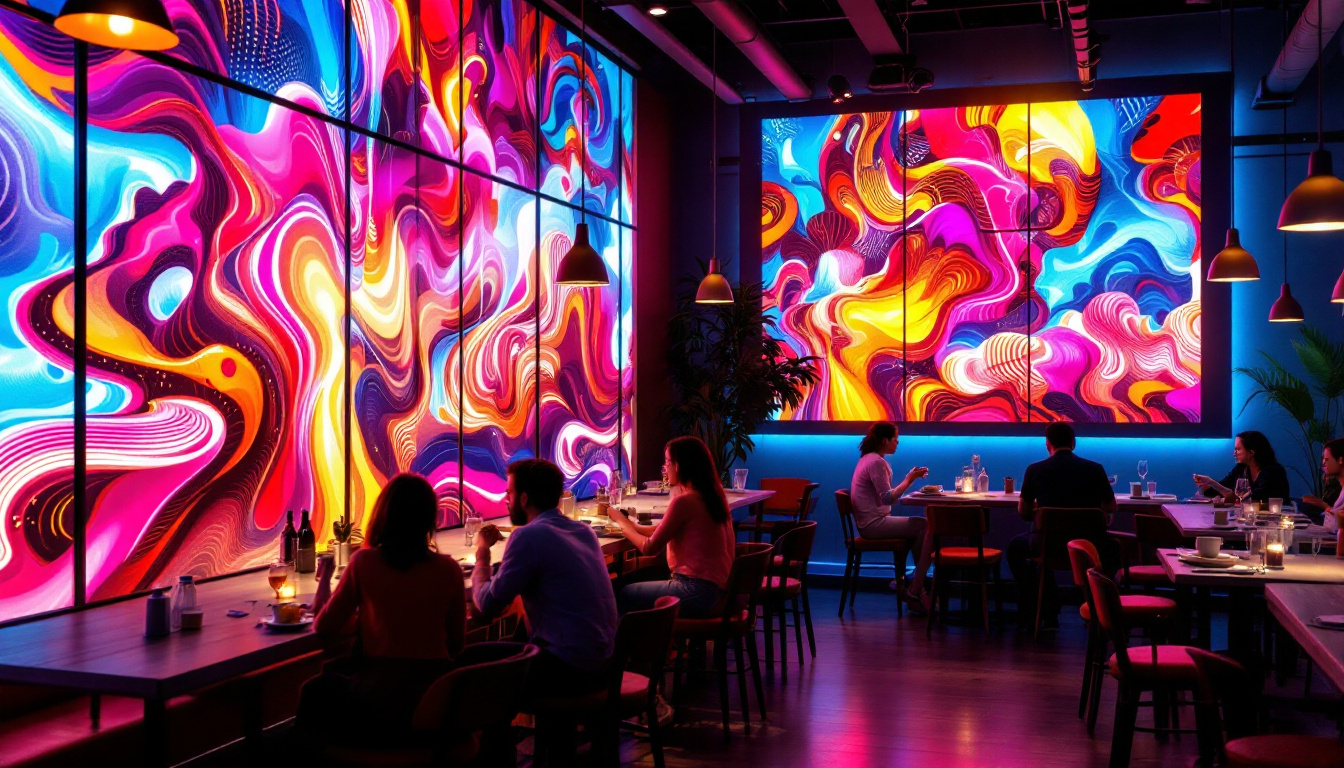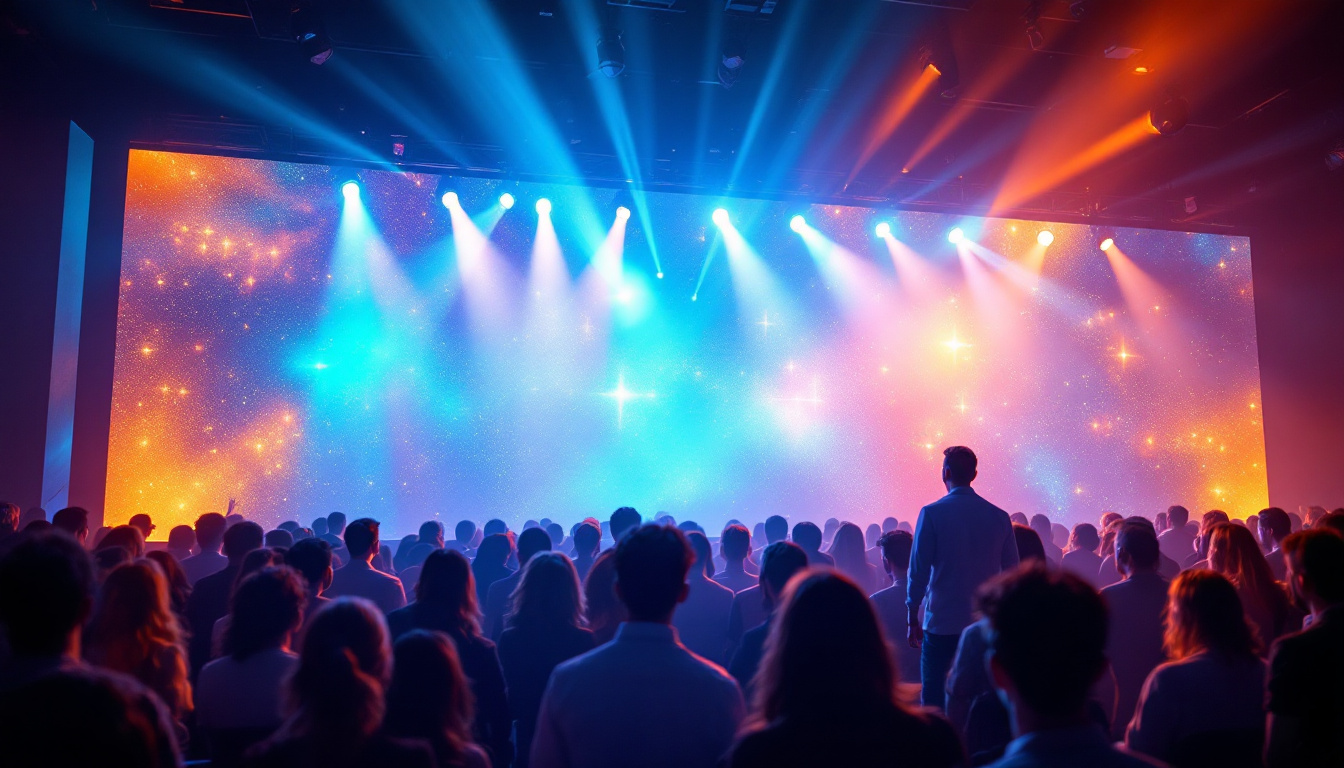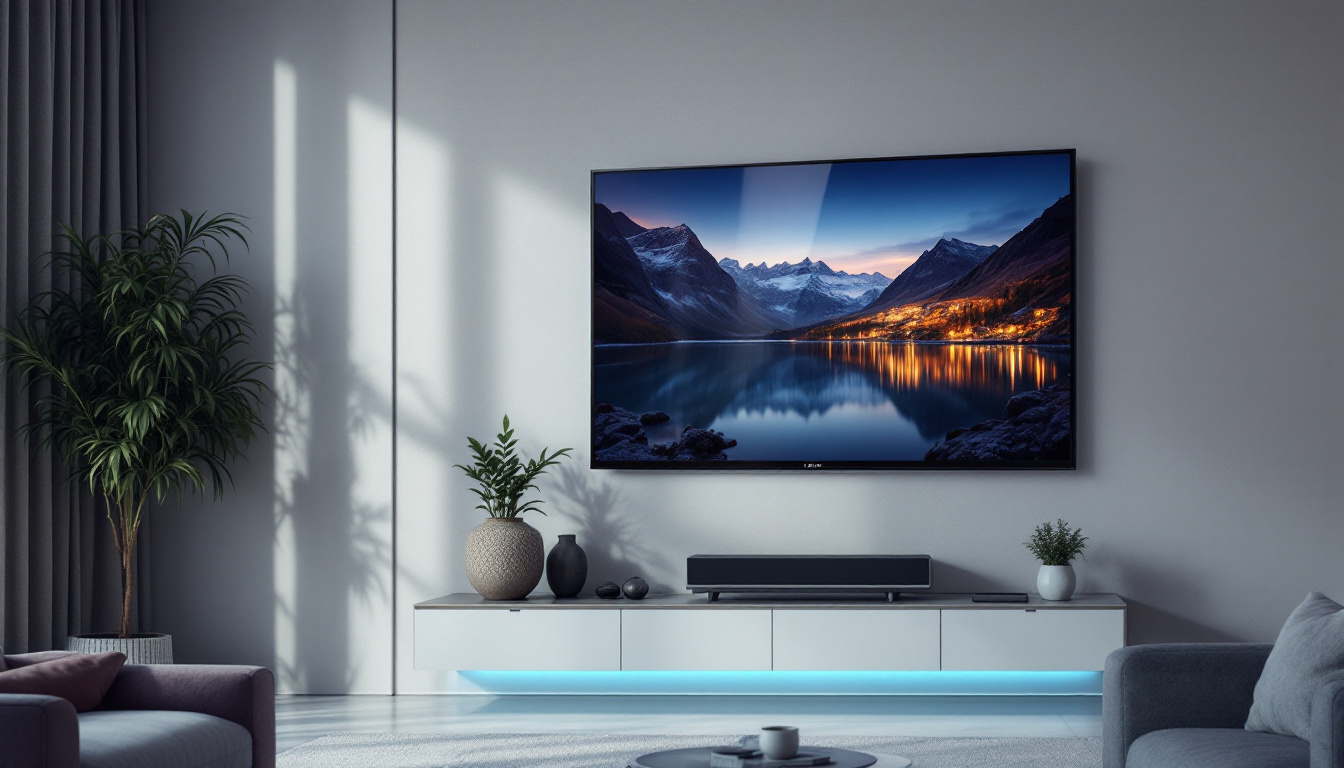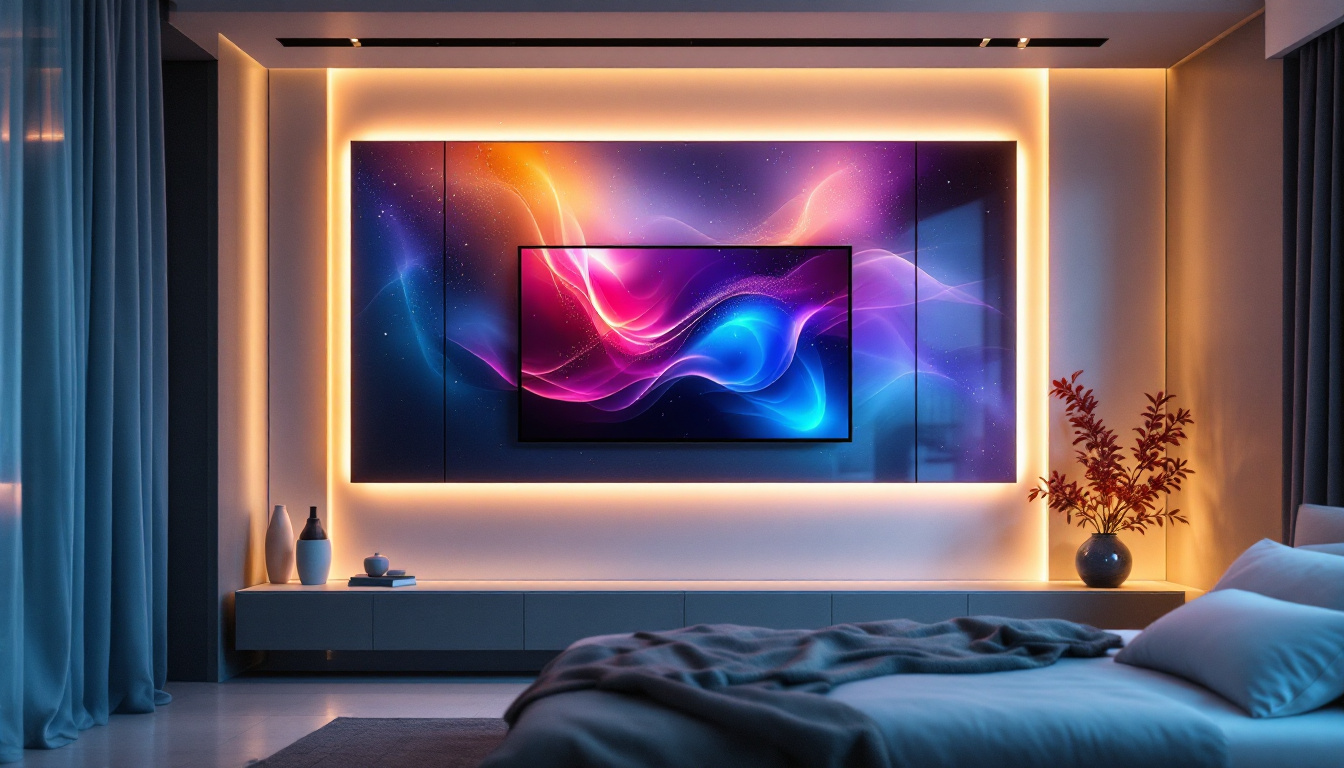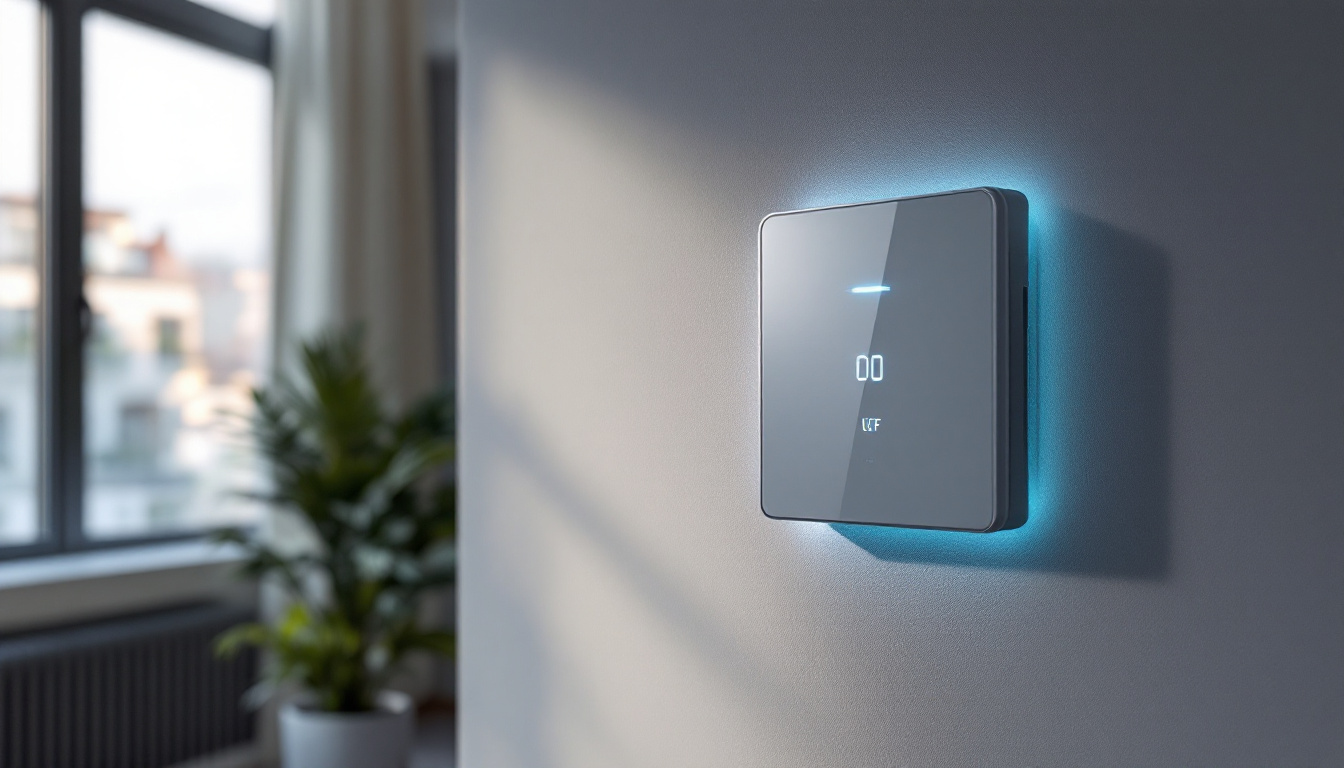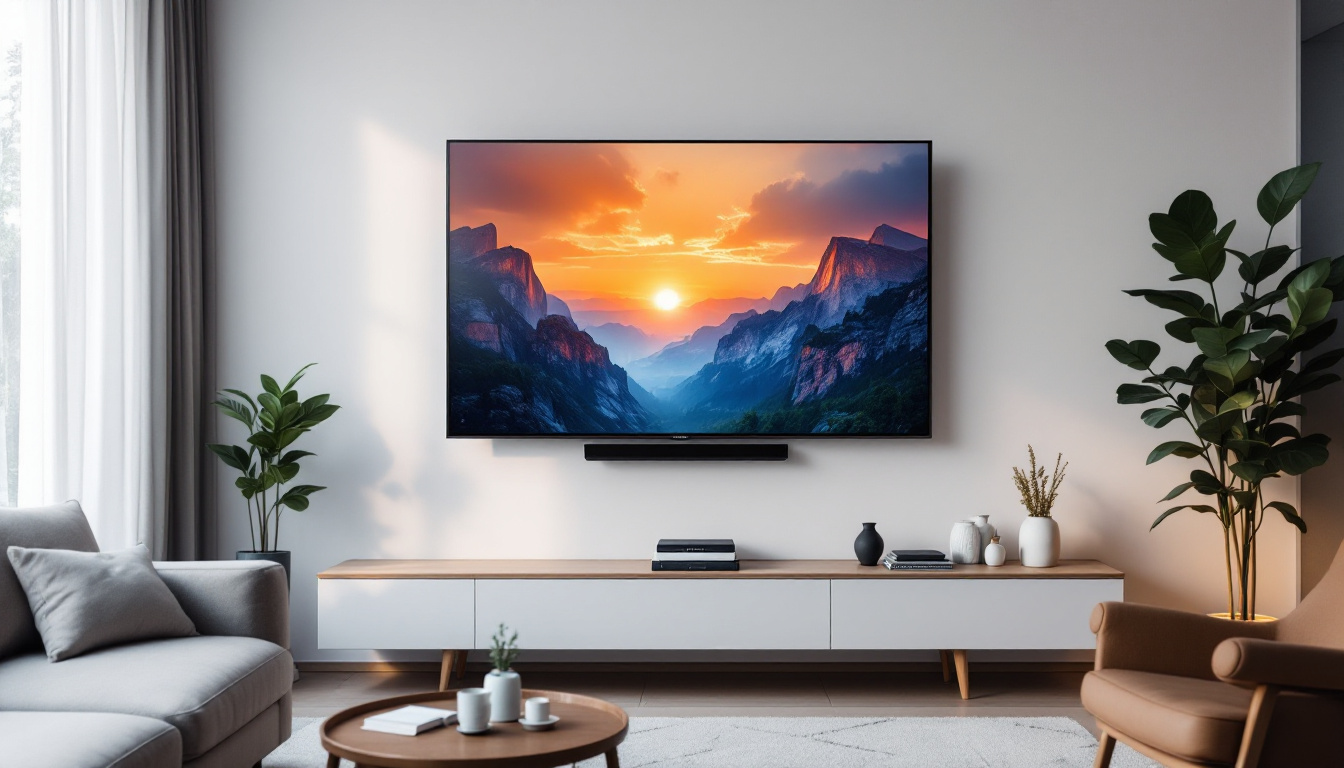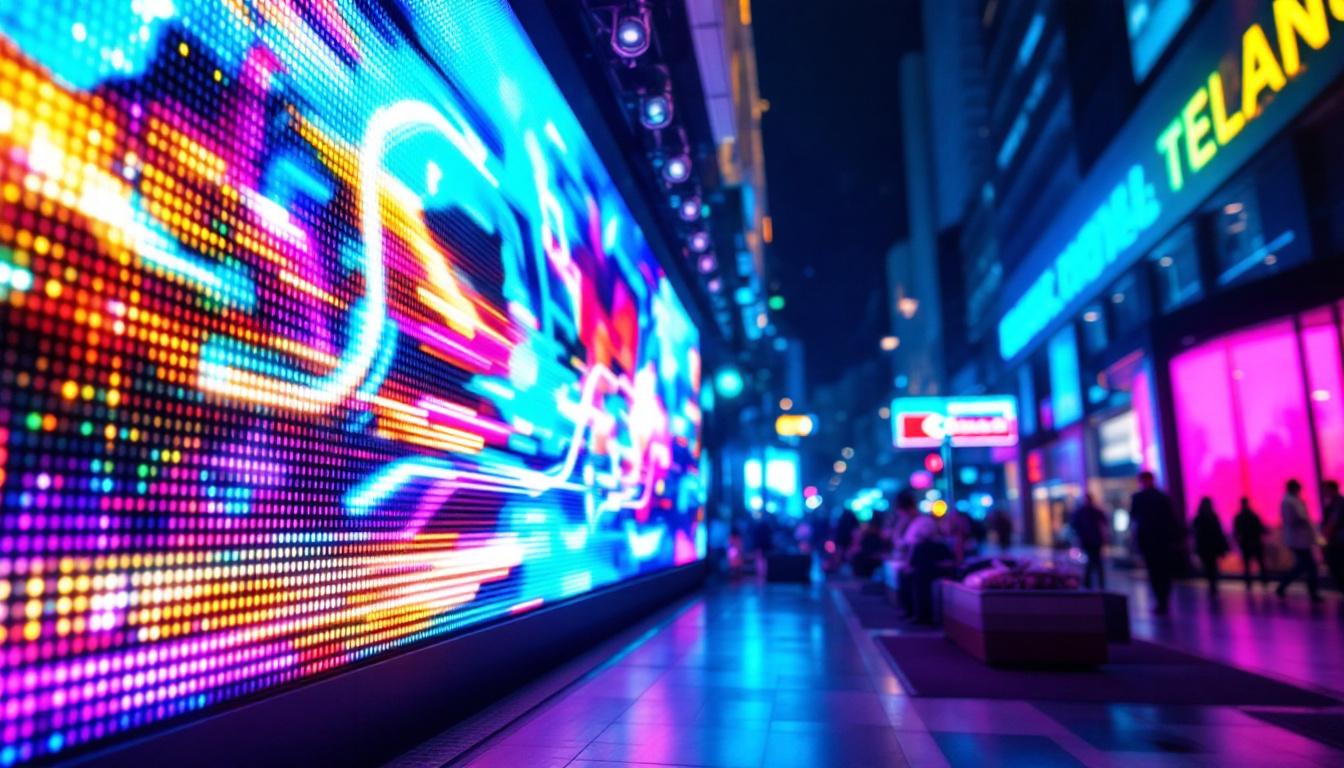In today’s fast-paced digital world, LED display billboards have become a cornerstone of outdoor advertising and public information dissemination. Their vibrant colors, dynamic content capabilities, and high visibility have revolutionized how brands communicate with audiences. This article delves into the fundamentals of LED display billboards, exploring their technology, benefits, applications, and future trends to provide a comprehensive understanding of this powerful medium.
Understanding LED Display Technology
What is an LED Display Billboard?
An LED display billboard is a large-scale electronic screen that uses light-emitting diodes (LEDs) to present visual content such as advertisements, announcements, or live feeds. Unlike traditional static billboards, LED displays can show moving images, videos, and changing messages, making them highly versatile and engaging.
LEDs are semiconductor devices that emit light when an electric current passes through them. These tiny diodes are arranged in a grid to form pixels, which collectively produce images visible from great distances. The brightness and color quality of LEDs make them ideal for outdoor environments, even under direct sunlight. This capability allows advertisers to capture the attention of potential customers at any time of day, enhancing the effectiveness of their campaigns.
Moreover, LED billboards can also be programmed to display dynamic content that can be tailored to specific audiences or times of day. For instance, a billboard might showcase a morning coffee promotion during rush hour and switch to a dinner special in the evening. This adaptability not only maximizes the relevance of the advertising but also increases the potential for consumer engagement.
Types of LED Displays
LED display billboards come in various types, primarily categorized by their pixel pitch—the distance between the centers of two adjacent pixels. A smaller pixel pitch means higher resolution and better image clarity, which is crucial for billboards viewed up close, such as those in shopping malls or stadiums. Larger pixel pitches are common for roadside billboards, where viewers are farther away.
There are also different configurations based on the LED technology used:
- Surface-Mount Device (SMD) LEDs: These are compact LEDs mounted directly onto a circuit board, offering excellent color blending and wide viewing angles. SMD technology is prevalent in modern LED billboards, allowing for vibrant displays that can adapt to various lighting conditions.
- Through-Hole LEDs: Older technology where LEDs are mounted through holes in the circuit board. They tend to have narrower viewing angles and lower resolution but are still used in some large-scale outdoor displays. While less common today, they can still be found in certain applications where cost is a primary concern.
In addition to these types, LED displays can also be classified based on their intended use, such as indoor versus outdoor displays. Outdoor LED displays are designed with weather-resistant features and higher brightness levels to ensure visibility in bright sunlight, while indoor displays often focus on finer detail and color accuracy for closer viewing distances. This distinction is crucial for businesses and organizations looking to maximize their advertising impact, as the choice of display type can significantly influence audience engagement and message retention.
Advantages of LED Display Billboards
High Visibility and Brightness
One of the most significant advantages of LED billboards is their exceptional brightness. LEDs can produce intense light output, ensuring that content remains visible even in direct sunlight or adverse weather conditions. This high visibility translates into better audience engagement and increased advertising effectiveness. Moreover, the ability to adjust brightness levels dynamically allows for optimal viewing at any time of day, ensuring that messages are not just seen but also remembered. This feature is particularly beneficial in urban environments where competition for attention is fierce, as bright and eye-catching displays can cut through the noise of the cityscape.
Dynamic Content and Real-Time Updates
Unlike traditional billboards that require physical replacement to change content, LED displays allow for instant updates. Advertisers can schedule multiple ads to rotate throughout the day or modify messages in real-time based on current events, promotions, or audience demographics. This flexibility enhances campaign responsiveness and relevance. For instance, during a major sporting event, advertisers can quickly switch to promotional content that resonates with the audience’s interests, thereby maximizing engagement. Additionally, the ability to incorporate live feeds, such as social media updates or news headlines, keeps the content fresh and encourages viewers to interact with the display, further enhancing its impact.
Energy Efficiency and Longevity
LED technology is renowned for its energy efficiency compared to older lighting methods such as neon or incandescent bulbs. Modern LED billboards consume significantly less power, reducing operational costs and environmental impact. Additionally, LEDs have a long lifespan, often exceeding 100,000 hours of use, which minimizes maintenance and replacement expenses. This longevity not only translates to cost savings for advertisers but also contributes to sustainability efforts, as fewer resources are needed for manufacturing and disposing of lighting fixtures. As businesses increasingly prioritize eco-friendly practices, the use of LED technology aligns perfectly with these goals, making it a responsible choice for modern advertising.
Creative Freedom and Interactivity
LED billboards support a wide range of content formats, including high-definition videos, animations, and interactive elements. Some installations integrate sensors or cameras to tailor content based on audience behavior or environmental conditions, creating immersive and personalized experiences that traditional billboards cannot match. This level of interactivity can lead to higher engagement rates, as viewers are more likely to respond to content that feels relevant to them. Furthermore, the potential for gamification—where viewers can participate in contests or promotions through their smartphones—opens new avenues for advertisers to connect with their audience in meaningful ways. The creative possibilities are virtually limitless, allowing brands to tell their stories dynamically and engagingly, fostering a deeper connection with potential customers.
Applications of LED Display Billboards
Outdoor Advertising
Outdoor advertising remains the primary application of LED display billboards. From bustling city centers to highways, these billboards capture the attention of drivers and pedestrians alike. According to the Outdoor Advertising Association of America, digital out-of-home advertising, which includes LED billboards, is projected to grow by over 10% annually, reflecting its increasing importance in marketing strategies.
Public Information and Safety
Municipalities and government agencies use LED billboards to disseminate real-time information such as traffic updates, weather alerts, emergency notifications, and public service announcements. The ability to quickly update messages ensures that critical information reaches the public promptly, enhancing safety and awareness.
Event and Entertainment Venues
Stadiums, concert halls, and theaters employ LED displays to enhance the spectator experience. These screens can show live event feeds, advertisements, or interactive content, contributing to a more engaging atmosphere. Their large size and high resolution make them ideal for large audiences.
Retail and Commercial Spaces
In shopping malls and commercial districts, LED displays attract customers by showcasing promotions, new products, and brand messages. Their dynamic nature helps retailers stand out in competitive environments, driving foot traffic and sales.
Key Considerations When Choosing an LED Display Billboard
Location and Viewing Distance
The choice of pixel pitch and display size depends heavily on where the billboard will be installed and how far the audience will be. For example, a billboard on a busy highway might use a pixel pitch of 16mm or more since viewers are typically at a distance, whereas a display in a pedestrian area might require a 4mm or smaller pitch for sharp images up close.
Brightness and Weather Resistance
Outdoor LED billboards must withstand various weather conditions, including rain, wind, and extreme temperatures. Selecting displays with appropriate IP ratings (Ingress Protection) ensures durability and consistent performance. Additionally, brightness levels should be adjustable to suit different times of day and ambient lighting conditions.
Content Management Systems (CMS)
Effective control of content is essential for maximizing the impact of LED billboards. Modern CMS platforms allow users to schedule, update, and monitor content remotely via cloud-based interfaces. Integration with data sources and analytics tools can further optimize advertising campaigns by providing insights into audience engagement.
Budget and Total Cost of Ownership
While LED billboards require a higher initial investment compared to static billboards, their long-term benefits often justify the cost. Factors such as energy savings, reduced maintenance, and increased advertising revenue contribute to a favorable return on investment. It is important to evaluate both upfront and ongoing expenses when planning a project.
Future Trends in LED Display Billboards
Higher Resolution and Miniaturization
Advancements in LED technology continue to push the boundaries of resolution and pixel density. MicroLEDs, which are even smaller than traditional LEDs, promise ultra-high-definition displays with superior brightness and color accuracy. These innovations will enable more detailed and visually stunning billboards.
Integration with Artificial Intelligence
Artificial intelligence (AI) is increasingly being incorporated into digital signage systems to analyze audience data and optimize content delivery. AI-driven billboards can adapt advertisements in real-time based on demographics, weather, or traffic patterns, enhancing relevance and engagement.
Energy Harvesting and Sustainability
Environmental concerns are driving the development of energy-harvesting LED billboards that incorporate solar panels or kinetic energy systems. These sustainable solutions reduce reliance on grid power and lower the carbon footprint of outdoor advertising.
Augmented Reality and Interactive Displays
The convergence of LED displays with augmented reality (AR) technologies is opening new possibilities for immersive advertising experiences. Interactive billboards that respond to gestures, voice commands, or mobile devices can create memorable brand interactions and foster deeper customer connections.
Conclusion
LED display billboards represent a dynamic and impactful medium that has transformed outdoor advertising and public communication. Their combination of brightness, flexibility, and technological sophistication offers unparalleled opportunities for engaging audiences in diverse settings. As LED technology continues to evolve, these displays will become even more integral to marketing strategies and urban environments, shaping the future of visual communication.
For businesses and organizations considering LED billboards, understanding the technology, benefits, and strategic applications is essential to harnessing their full potential. By aligning display specifications with audience needs and leveraging emerging trends, advertisers can create compelling visual experiences that resonate and deliver measurable results.
Discover the Future of Visual Communication with LumenMatrix
Ready to elevate your advertising strategy and captivate your audience with the brightest and most flexible LED displays? LumenMatrix is at the forefront of LED display innovation, offering a wide array of solutions tailored to your unique needs. From Indoor and Outdoor LED Wall Displays to specialized options like Vehicle, Sports, and Floor LED Displays, we have the technology to bring your vision to life. Embrace the future of visual communication with our Custom, All-in-One, and Transparent LED Displays, designed to enhance engagement and deliver your message with stunning clarity. Don’t miss out on the opportunity to transform your brand’s visibility. Check out LumenMatrix LED Display Solutions today and start creating unforgettable visual experiences.

